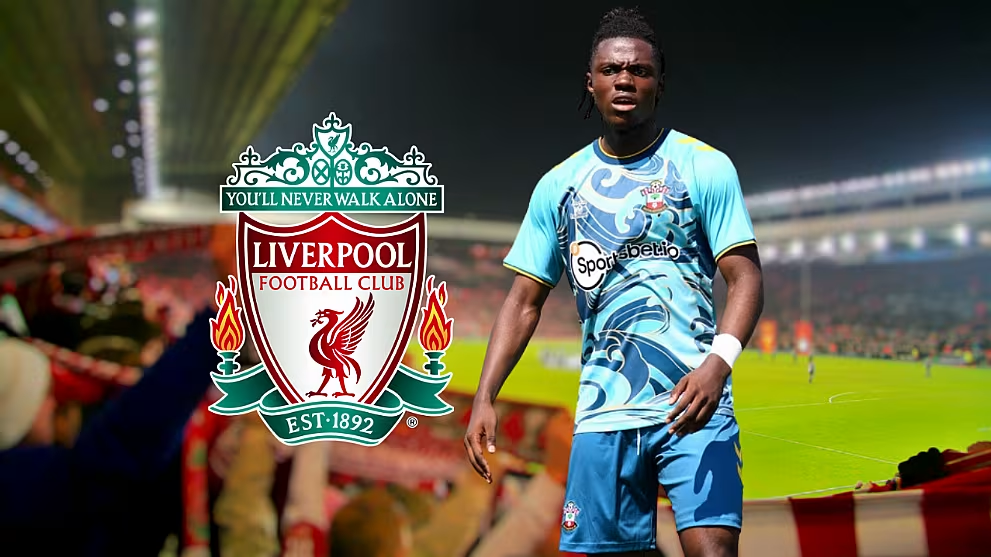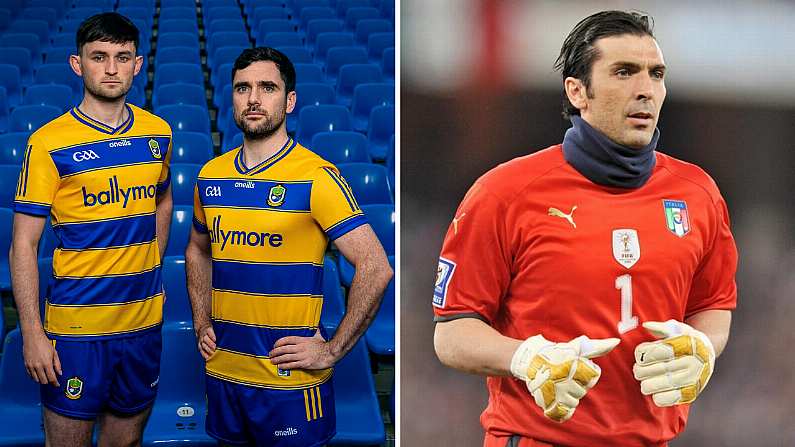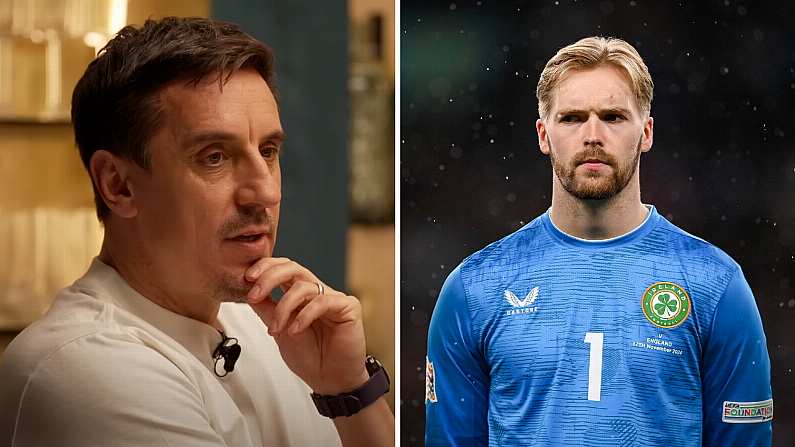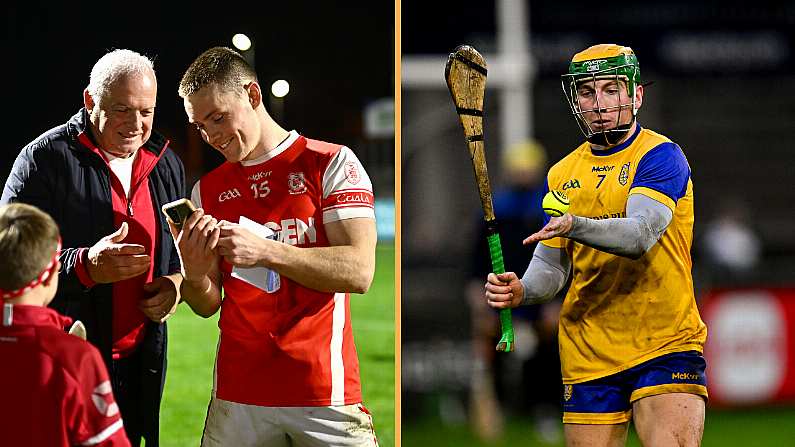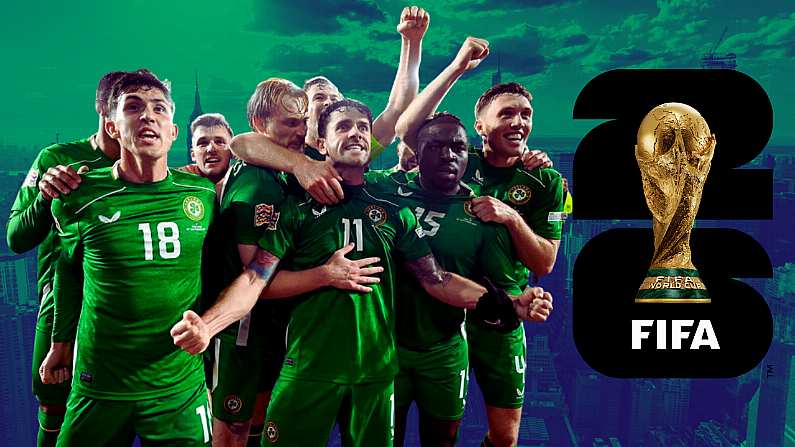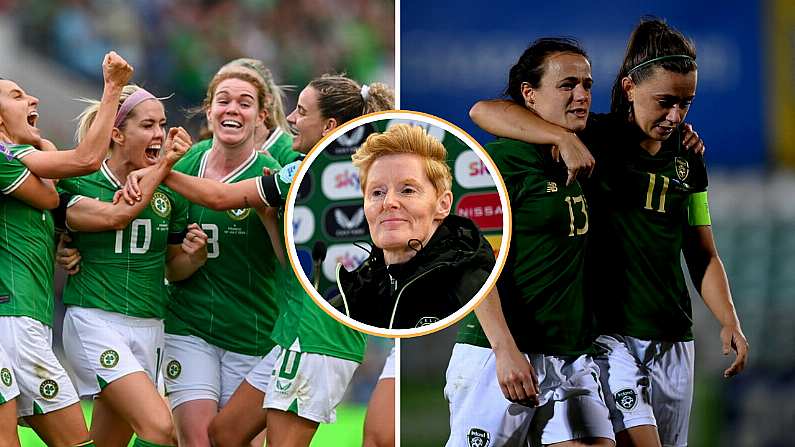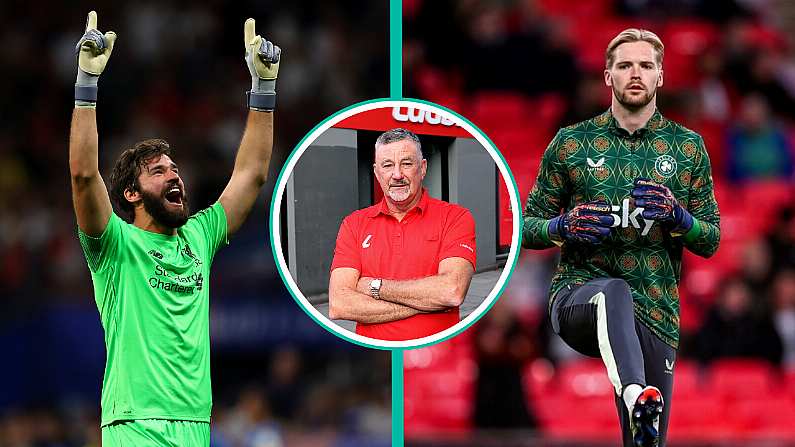When it comes to football on the island of Ireland, many see it as a massive shame that we do not field one team to represent the island as a whole.
It is commonplace in other sports, with the rugby, hockey, and cricket teams (to name but a few) wearing the green with distinction on the international stage in recent years.
Of course, the reason for the split between the FAI and IFA is a long and complicated one. The subject was the focus of an excellent documentary that aired on RTÉ a few years ago, one that went into detail on how arguments over issues such as player selection and the venue for games ultimately resulted in two separate associations on the same island.
Down through the years, numerous efforts have been made to amalgamate the two parties. However, any such arrangement looks a long way off as things currently stand.
In fact, today marks the 50th anniversary of a game featuring the closest things we have had to an all-island Ireland team since the FAI-IFA split back in the 1920s.
It's 50 years since the closest we can to an all-island Ireland team
The game in question took place at Dalymount Park, with a 'Shamrock Rovers XI' facing Brazil. On the surface this may seem like a friendly between the League of Ireland's most successful club and the South American powerhouses, but it was actually much more significant than that.
That Shamrock Rovers side was not a regular one.
Instead it was the closest thing we have seen to an all-island Ireland team, featuring star names from both sides of the border. Republic of Ireland stars such as Johnny Giles, Terry Conroy, and Don Givens were all in the starting XI, as were Northern Ireland players like Pat Jennings, Martin O'Neill, and Derek Dougan.
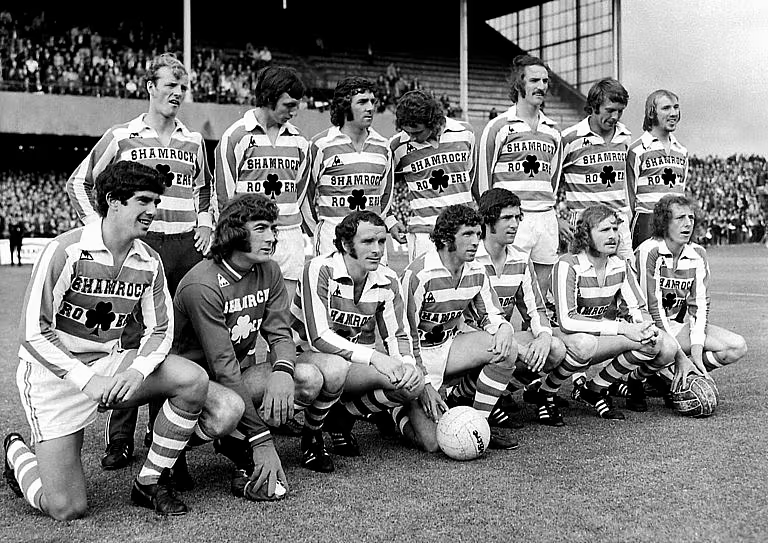
The story behind how this fixture came to be is an intriguing one.
Louis Kilcoyne, who was then the owner of Shamrock Rovers, convinced the Brazilian FA to play a friendly in Dublin against an 'Ireland XI' during their European tour that summer. In return, he said he would ensure that the FAI gave their vote to Brazilian João Havelange in the FIFA presidential election the following year.
Johnny Giles and Derek Dougan were the driving forces behind the process from that point, convincing players from their respective international teams to commit to the fixture.
The players were fully on board with it, but it was a different story when it came to board level.
The IFA were entirely against the project, with it being said that IFA President Harry Cavan feared that this game would be the first step in his organisation being absorbed by the FAI.
This is something that was confirmed by players involved in the project a number of years later, with Irish Independent journalist Ciaran Lennon sharing this clip on Twitter.
50 years ago today, an all-Ireland football team, the Shamrock Rovers XI, took on Brazil in Dublin.
Roughly 19 years ago a group of DCU students tried to track down the main players involved to retell the story.#whosjairzinho @derekholla @kristweeting @eleanormmannion pic.twitter.com/4Lsa7urtM5— ciarán lennon (@ciaranlennon) July 3, 2023
The IFA canvassed FIFA at the time to say that the game should not be allowed to take place. It later emerged that the FAI also had some reservations about the game.
In the end, the players were prevented from playing under an All-Ireland banner. Instead they donned the Shamrock Rovers colours.
While the Brazilian national anthem was played before the game, the Shamrock Rovers team would also play their own 'anthem'. They opted to select the recently released Wolfe Tones song A Nation Once Again, a clear nod to the makeup of the side that took to the field that day.
As for the game itself, Brazil would run out 4-3 winners. Mick Martin, Terry Conroy, and Derek Dougan would score for Shamrock Rovers, with Caju (x2), Jairzinho, and Valdomiro.
Back in 2008, RTÉ would release a brilliant news report to mark the 35th anniversary of the fixture.
In it, it was recalled how Dougan was never selected again for Northern Ireland after this game. Many in the IFA had been unhappy with his role in organising the game, with some believing this contributed to the end of his international career.

With this game taking place at the height of The Troubles, it was an important occasion to showcase unity on an island that was so often lacking it during this period.
Had the suits in the two respective associations embraced it with open arms, the future of football in Ireland could have been very different.
For now, we will have to wait a while before we become A Nation Once Again.


